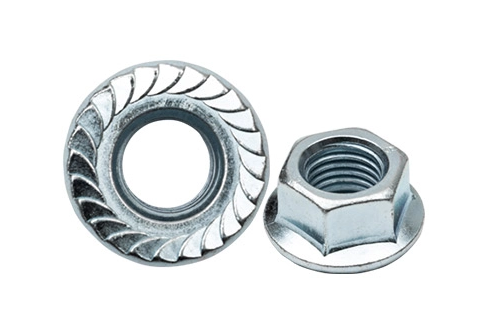Mastering Woodworking: The Ultimate Guide to Choosing the Best Tool for Cutting Wood
When it comes to woodworking, the choice of tools can significantly impact the quality of your projects. Whether you're a seasoned carpenter or a DIY enthusiast, understanding the various tools available for cutting wood is essential. This article delves into the best tools for cutting wood, examining their features, advantages, and ideal applications to help you make an informed decision.
Understanding the Types of Wood-Cutting Tools
Before we explore the best tools for cutting wood, it's important to categorize them based on their functionality. The primary types of wood-cutting tools include:
- Hand Tools
- Saws: Traditional hand saws, such as panel saws, coping saws, and dovetail saws, are essential for precise cuts. They require skill and physical effort but offer unparalleled control.
- Chisels: Ideal for detailed work, chisels can be used to carve, shape, and refine wood surfaces. They are particularly useful for joinery and intricate designs.
- Power Tools
- Circular Saws: These versatile tools are perfect for making straight cuts in various types of wood. They are portable and can handle both thick and thin materials.
- Table Saws: A staple in any woodworking shop, table saws provide accuracy and efficiency for ripping and cross-cutting larger pieces of wood.
- Miter Saws: Designed for making angled cuts, miter saws are excellent for trim work and framing. They offer precision and ease of use for crosscuts.
- Band Saws: These tools are ideal for cutting curves and intricate shapes in wood. They can handle thicker materials and provide a smooth finish.
- Specialty Tools
- Jigsaws: Perfect for cutting complex shapes and curves, jigsaws are versatile and easy to maneuver, making them a favorite among hobbyists.
- Router: While primarily used for shaping edges, routers can also be employed to cut grooves and joinery, adding versatility to your woodworking toolkit.
Evaluating the Best Tool for Your Needs
Choosing the best tool to cut wood depends on several factors, including the type of project, the wood species, and your skill level. Here’s a breakdown of considerations to help you select the right tool:
- Project Type:
- For large-scale projects like furniture making, a table saw or circular saw is ideal for efficiency and precision.
- For intricate designs or detailed work, hand tools like chisels and coping saws may be more suitable.
- Wood Species:
- Softer woods, such as pine or cedar, can be easily cut with hand saws or jigsaws.
- Hardwoods, like oak or maple, may require more robust tools like a table saw or band saw to ensure clean cuts without damaging the material.
- Skill Level:
- Beginners may find power tools easier to handle due to their speed and efficiency.
- Experienced woodworkers might prefer hand tools for the control and craftsmanship they offer.
Safety Considerations
Regardless of the tool you choose, safety should always be a priority. Here are some essential safety tips:
- Wear Protective Gear: Always use safety glasses, ear protection, and dust masks when operating power tools.
- Maintain Your Tools: Regular maintenance ensures that your tools operate efficiently and safely. Keep blades sharp and clean to prevent accidents.
- Follow Manufacturer Guidelines: Each tool comes with specific safety instructions. Familiarize yourself with these guidelines to minimize risks.
Conclusion: The Best Tool for Cutting Wood
In conclusion, the best tool for cutting wood is not a one-size-fits-all solution. It varies based on the project requirements, the type of wood, and the user’s skill level. For general woodworking, a combination of a table saw for larger cuts and a jigsaw for intricate shapes often provides the best results. However, hand tools should not be overlooked, as they offer precision and control that power tools may lack.



